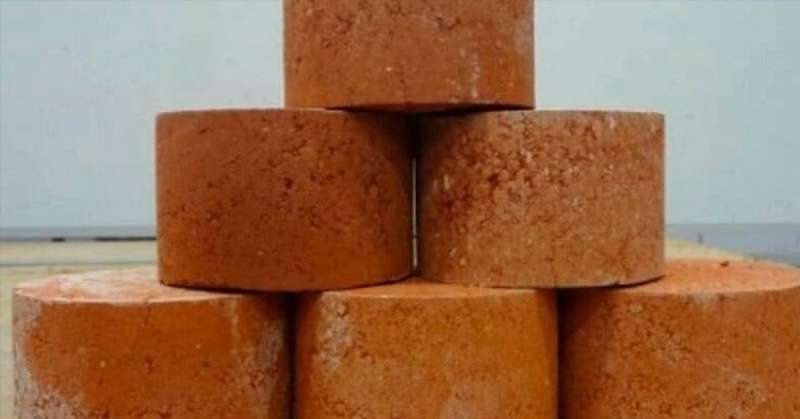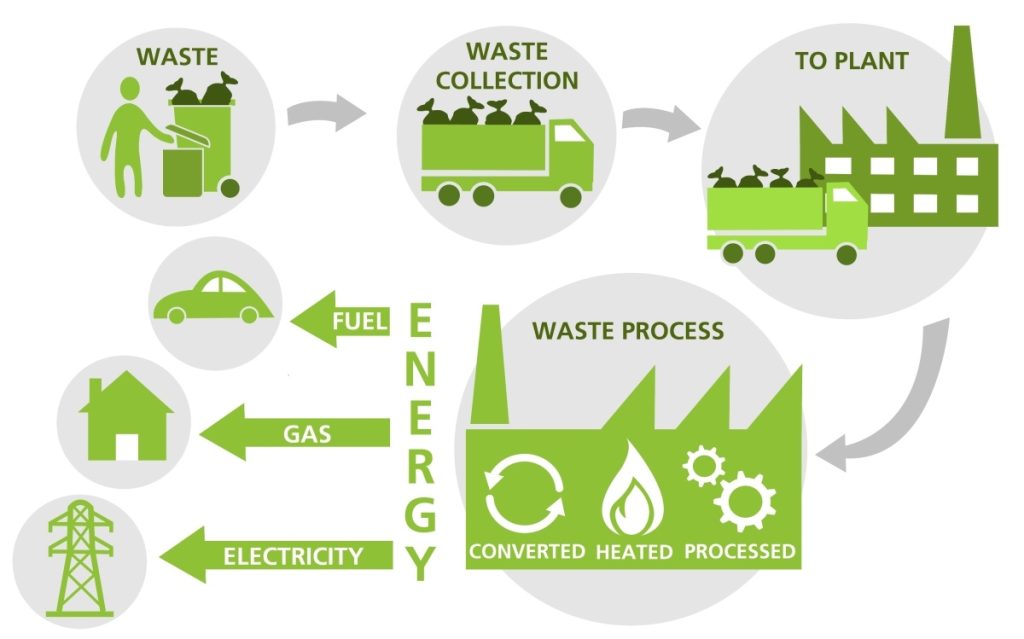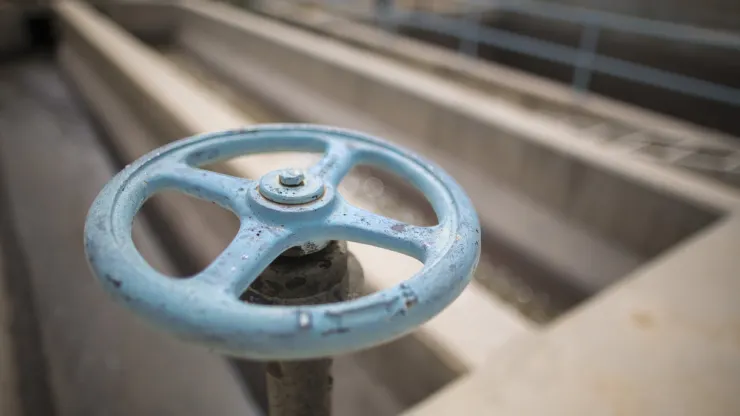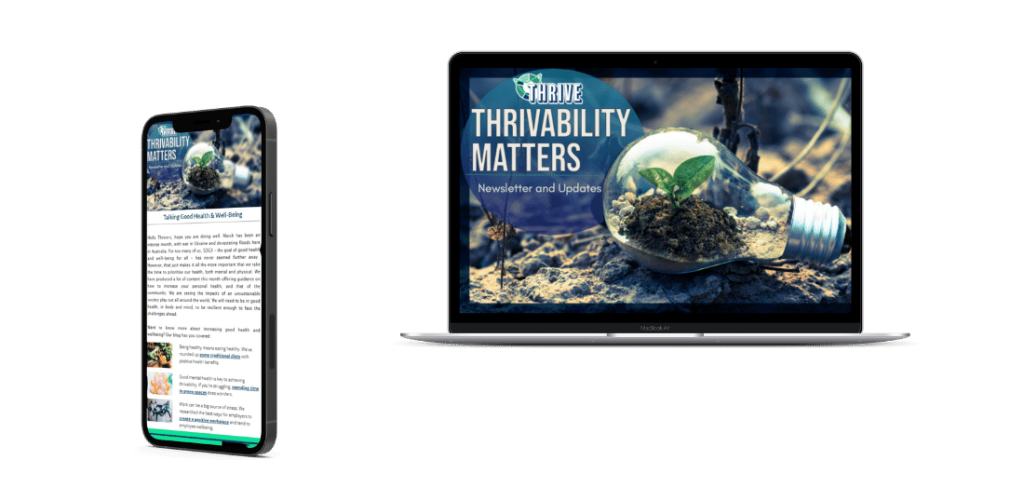Recycling human waste into Biogas offers a new source of renewable energy. A wide variety of waste material breaks down into biogas, including animal manure, municipal rubbish or waste, plant material, food waste or sewage.
Amazingly, human sewage has the potential to provide electricity for up to 138 million households. That is the equivalent of the combined population of Indonesia, Brazil, and Ethiopia.
One human produces approximately 20 million tons of faeces and five 1.98 billion litres of urine each year. Currently, this potential fuel source remains largely unused.
Critics point to diseases like cholera, typhoid, hepatitis, polio, cryptosporidiosis, and the disagreeable odours caused by human waste. Yet, it is possible to safely recycle human waste into energy or reuse it in a variety of other applications.
In this post we look at the benefits of ‘poo power’, and the technologies that are turning it into a fuel of the future.
How Much Energy is In Human Waste?
According to the World Health Organization, an individual’s body excretes an estimated 4.5 kilograms of nitrogen and 548 grams of phosphorus each year. A recent study in Sweden established that human urine contains over 300 grams of phosphorous, 900 grams of potassium and 300 grams of sulphur per cubic meter.
Recently, Cho Jae-weon, an urban and environmental engineering professor at the Ulsan National Institute of Science and Technology (UNIST), showed that processing “could turn roughly a pound of solid human waste, the average amount a human poops in a day, into an impressive 50 litres of methane gas”.
Jaw-weon developed a special toilet for recycling human waste into fuel in order to demonstrate his idea.
He also came up with a virtual campus currency (called ‘Ggool’) to ‘pay’ those who agreed to participate in the project. ‘Ggool’ literally means ‘honey’ in Korean.
Thus, each person who used one of Jae-weon’s fuel cell toilets would earn 10 Ggool per day for their ‘donation’. They could buy useful things from the university campus, like food, books and stationery, with their payment.
Recycling human waste into energy at Scale?
However, is it possible to produce energy like this on a large scale?
Firstly, we must consider the law of conservation of energy. Energy is not created, nor is it destroyed. It simply converts from one form to another.

Secondly, recycling human waste into biogas is not that new. For decades, biogas has been in use in the US for power generation and the production of heat.
Biogas is created from an ‘anaerobic digestion process‘. This is where organic matter breaks down inside a waste processing ‘reactor’. The gas is then converted into a transportation fuel.
In fact, Grand Junction, Colorado is transforming its wastewater sector to power its fleet of garbage trucks, street sweepers, dump trucks and transit buses with the renewable natural gas RNG-Biomethane.
This gas is produced at the city’s Persigo Wastewater Treatment Plant. The plant processes 8m gallons of Grand Junction’s human faeces into renewable energy each year.
The environmental benefits are many. According to Bret Guillory, utility engineer for the city, the plant “may be reducing greenhouse gases by as much as 60% to 80%”.
Compared to flaring natural gas at the plant or burning diesel and gasoline, this is a major improvement.
Created over 10 years, the project is now worth $2.8m. The RNG-Biomethane costs roughly 80 cents per GGE to generate and compress. However, it sells back to the fleet department for $1.50.

5 Ways to Recycle human waste
1. Production of Biogas
Human waste produces a methane gas. The methane may then be used to generate energy. In this way biogas can power households, create heat for cooking, or heat water.
The use of biogas as a renewable source of energy is advantageous as it doesn’t pollute the environment and reduces deforestation, especially in countries like Africa that currently burn a lot of wood for fuel.
2. Sustainable Fertilizers
Human waste is a premium fertilizer for food production. However, correct disposal is vital. Otherwise, human urine or fecal matter deposited directly on farmland carries major health risks.
By contrast, Human excreta-derived fertilizer’s (HEDF) do not pose any risk of pathogens or heavy metals in agriculture.
Still, local regulations and perceptions can be a problem.
Sub-Saharan Africa is working hard to secure on-site sanitation facilities to meet the UN’s Sustainable Development Goals. As a result, fecal sludge management has become a top priority for the region’s low-and middle-income countries.
The creation of a fertilizer certification scheme for those made from source-separated human excreta would make a big difference to perceptions.
Formalising approvals for this kind of fertilizer, as well as establishing clear guidelines for production, testing and use, could help to transform agriculture and industry in Sub-Saharan Africa, and all around the world.
3. Fecal Transplant
Human faeces can also be used in certain medical treatments.
Clostridium difficile is an infection of the gut. Symptoms include inflammation, abdominal pain, and diarrhea. Generally, bad bacteria in the gastrointestinal tract causes the condition.
However, Fecal transplant is a relatively new treatment that is helping to treat sufferers.
It involves harvesting healthy gut bacteria from a donor and effectively transplanting fecal matter into the recipient’s large intestine. Although it sounds a little off-putting, ‘fecal transplant’ has shown to be quick, inexpensive, and more effective than the use of antibiotics in many cases.
4. Hydrogen Fuel
Human excreta also converts into hydrogen. When waste contains a lot of organic matter, the addition of a certain kind of bacteria produces clean H2 gas. Furthermore, the amount of hydrogen produced is increased when an electric current is applied.
For example, RMIT University in Australia claims to have developed a cost-effective method for producing hydrogen by recycling human waste. This method turns out to be more efficient than earlier techniques, and uses less energy in the process.
Moreover, RMIT’s technique not only produces clean H2 gas, but also catches and utilises all of the carbon that is present within the human waste.
South East Water, a Victorian government utility, has now started construction of a pilot plant to test this ‘poop-to-hydrogen’ technology for use in wastewater treatment.

5. Brick-making
In addition, RMIT University has recently published results of an experiment to turn human waste into ‘biosolid bricks‘. Whilst these bricks are not totally organic, they are literally paving the way for greater sustainability in the construction industry and significantly cutting the cost of building materials.
The bricks contain a variety of chemical additives. Nevertheless, their porous nature provides superior insulation, and they are much sturdier than the traditional materials used for building houses.
“By turning biosolids into bricks, you can recycle the world’s stockpiles of treated sewage sludge and boost sustainability in the construction industry,”
Professor Abbas Mohajerani, RMIT Australia


Will Australia Use Bio-fuels in the Future?
Opportunities for recycled human waste are growing in Australia. The success of some councils has helped lead the way on new sustainability projects for biofuel and biosolids.
For example, Logan City Council in Queensland, Australia, has opened a plant that transforms human waste into both fertilizer and energy. The plant is helping the to reduce the council’s carbon emissions and save money in the construction industry.
Logan Water built the biosolids gasification facility at Loganholme in Logan City. This $20 million facility “blasts sewage with extremely high heat” to create electricity and fertilizer products.
The Australian Renewable Energy Agency initially provided some $6 million in funds to help the council focus more on sustainable energy. Now, the City of Logan will receive about $1 million annually in revenues from the project. They will also save Logan ratepayers $500,000 a year in wastewater running costs, and make the council carbon neutral within two years.

Conclusion
With increases in population and greater urbanisation, the need for energy security in both rural and urban areas has become a major challenge.
Demand for energy has increased in all spheres of life, from cooking, to cultivation, production, and transport, as has the volume of waste that is produced by human activity.
Recovering energy by recycling human waste for biofuels, fertilizers and building materials is just one way that we can manage our economy in a more ‘circular‘ and sustainable fashion.
The benefits, as we have seen, can be enormous, and the net result is an ever-smaller human footprint. By thinking about how we can efficiently manage the inputs and outputs of all human activities, the more we can live sustainably within the limited resources of our planet.
Furthermore, the greater our resource efficiency, the closer we get to a state of ‘thrivability’ where human societies are not only living sustainably, but producing even greater wealth than that which we consume.
If you’d like to find out more about the THRIVE Project Framework and keep up to date with the world’s progress on the UN’s Sustainable Development Goals, sign up for our newsletter and discover more news from experts at our blog, podcasts and webinar events.
GOT A QUESTION ON THIS TOPIC



